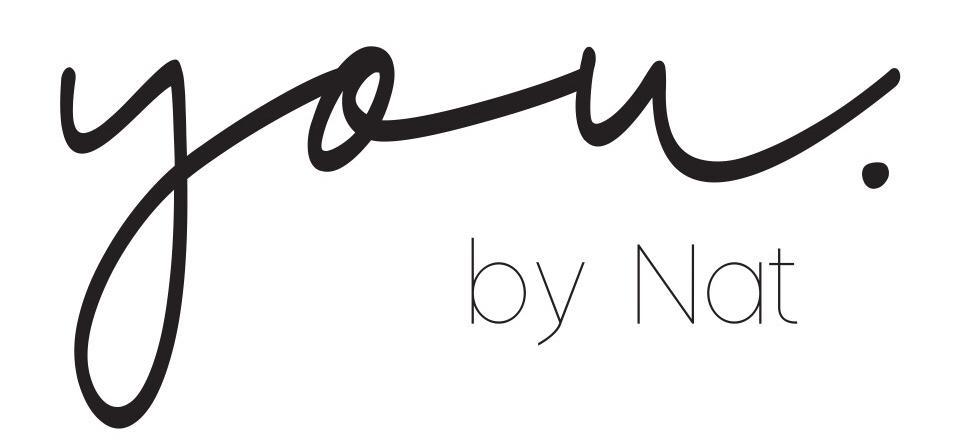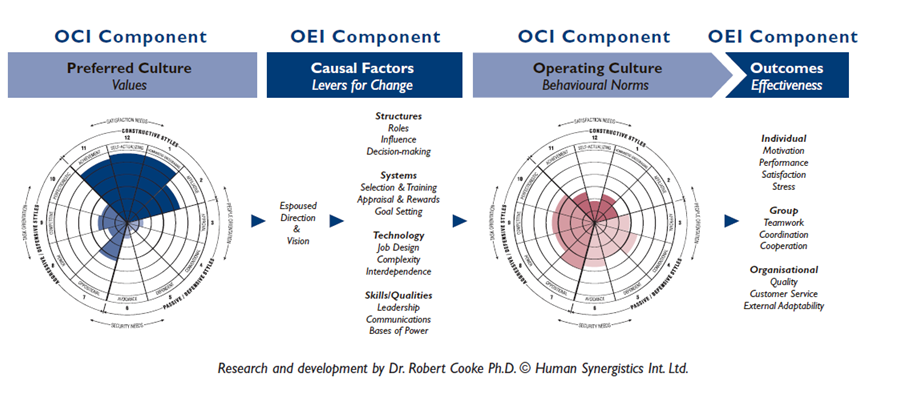Calling all Culture Creators. The leaders here to create a true difference to the world.
Transform your workplace culture for sustainable, regenerative and thriving performance. I have developed a framework as well as leverage Human Synergistics’ OCI and OEI to assess, align, and improve your organisation’s culture. Book a discovery call to co-create a tailored leadership, team effectiveness, or culture program.
Forbes defines workplace culture as “The shared values, belief systems, attitudes, and the set of assumptions that people in a workplace share.” I define workplace culture as a shared way of being at work. Some cues in workplaces are explicitly expressed like in onboarding, process and policy documentation. Other cues are implied by what we observed in others behavioural norms. For example, the policy states working hours are flexible and staff have the autonomy and agency to decide when they work at home and in the office. Yet people work 5 days in the office and stay back until at least 6pm, as everyone does it and this is expected and conformed with.
Managing culture is a critical task for any leader. Knowing this is one thing – but knowing what to manage to create a high-performance and constructive culture is another.
As a leader in business being able to quantify answers to these questions is essential.
- What is the culture you have?
- What outcomes is this producing?
- What is causing this culture?
- What is the culture you want?
- What levers do I need to pull to get from the culture you have to the culture you want?
When an organisation’s systems, structures, technology and processes are in alignment with the stated values, vision, mission and goals, then a more conscious and constructive culture will emerge.
When there is in-congruence between what you say matters and what you do, there is an unconscious and non-constructure culture.
I am accredited in Human Synergistics’ Organisational Culture Inventory® (OCI) and Organisational Effectiveness Inventory™ (OEI). I support you in answering these critical questions about the culture you have.
OCI is one of most highly respected measure of culture globally. Human Synergistics developed the first survey diagnostic that measured culture as a behavioural phenomenon. The complementary OEI identifies the causal factors (these are the levers for change) that influence culture and the outcomes of culture – specifically within the organisation being surveyed.
The OCI and the OEI fit together to measure the complete relationship between values, causal factors, operating culture and outcomes as displayed in the model below. The reports reveal:
- Preferred culture
- Causal factors (Levers for Change)
- Actual operating culture
- Outcomes of culture
The factors that influence culture include:
- Mission and Philosophy – Articulation of mission and Customer service focus
- Structures – Influence, Empowerment and Involvement
- Systems – Selection & placement, Training & development, Respect, Appraisal & reinforcement and Goal setting
- Technology – Autonomy, Variety, Feedback, Task identity, Significance and Interdependence and
- Skills/Qualities – Communication, Bases of power and Leadership
These become the Levers for Change in the development planning phase.
Outcomes of culture are measured are:
- Individual level – Role clarity, Motivation, Satisfaction, Intention to stay, Role conflict, Job insecurity and Stress
- Group level – Intra-unit teamwork, Inter-unit co-ordination and Department level quality and
- Organisational level – Organisational level quality and External adaptability
This information is critical to any organisation contemplating change strategies, seeking to review the impact of organisational development initiatives or simply in the quest for excellence, seeking quantifiable data, that is valid, reliable and useable.
Why focus on culture? A Constructive Culture Enables Performance –
- By causing employees to focus on achieving the goal rather than protecting themselves
- By creating sense of ‘balance’ between the individual and the organisation
- By removing all the ‘clutter’ and friction that gets in the road of a focus on performance
Therefore, the focus of attention is where it needs to be (the goal, the issue, the need, the customer) for the organisation to perform at peak.
People can FEEL if there is a misalignment with an organisation’s systems, structures, technology and skills/qualities and the stated values, vision, mission and goals. For example the organisation says we value employee experience and put our client first. Yet all meetings are focused on cost reduction that reduces customer service. The measures and messages employees are getting day to day states profit over people. What messages are you sending employees?
Book a complimentary discovery call to co-create a leadership, team effectiveness or culture program for your organisation. Pricing available for custom designed programs.


